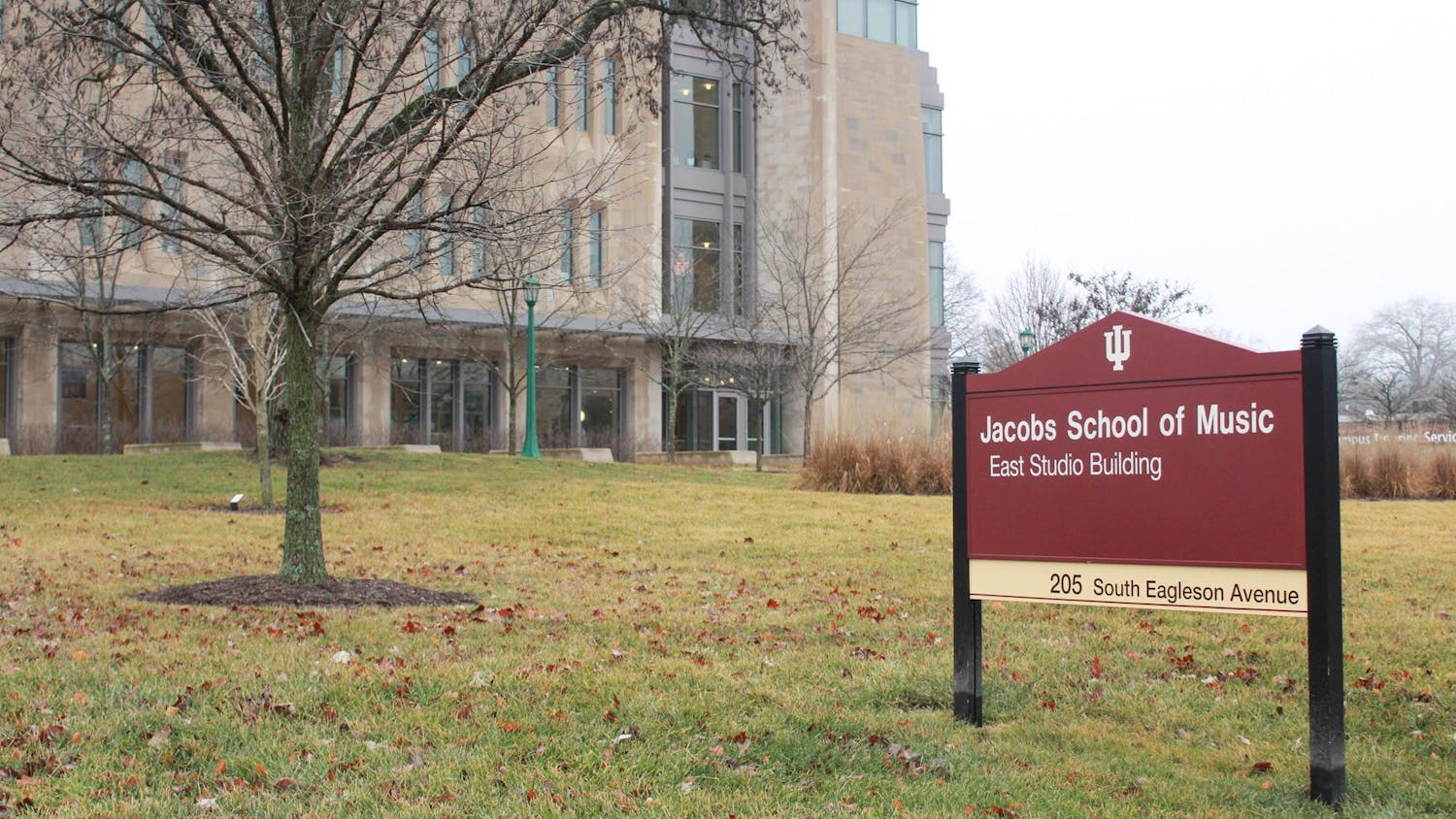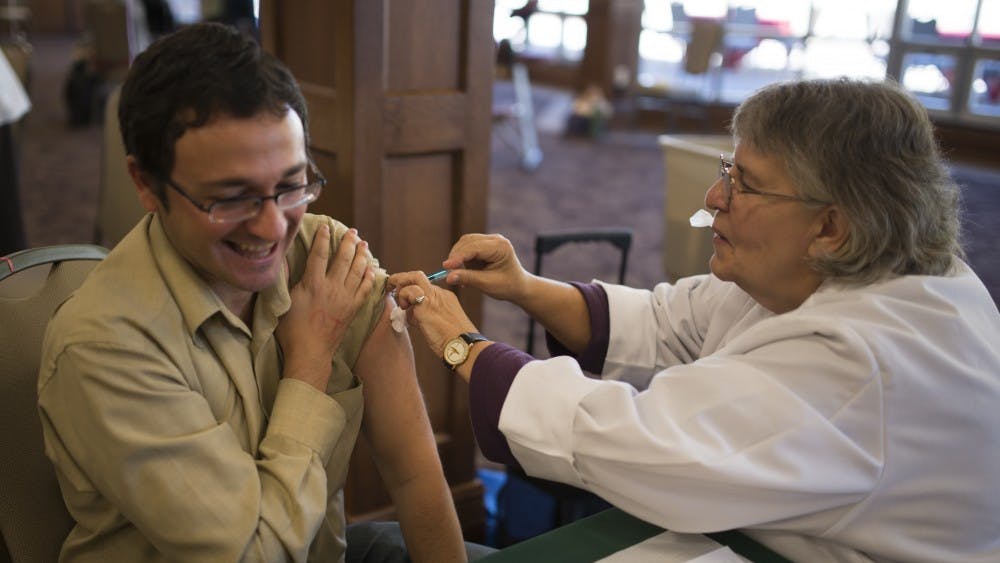Coming to IU in 2000 to continue his research on the protein Clathrin, professor Joel Ybe could not have imagined what he would discover six years later. \nIn collaboration with doctoral student Qian Niu, who moved to the U.S. from China in 2002 to begin her doctoral studies, Ybe came one step closer to understanding Huntington’s disease well enough to prevent it in future generations. \nHuntington’s disease is a rare, late-onset neurodegenerative disease, which means people who will develop the disease will not begin to show signs until their mid-40s. After that, people are only projected to live another 15 to 20 years. Dementia and lost coordination are the main symptoms, Ybe said.\nWhat Ybe and Niu have done this past year is reveal the surface of the Huntington interacting protein 1, called HIP1, through various experiments. \n“We’re predicting that if we can take small molecules to stick on this surface of HIP1, it would effectively block HIPPI from coming down,” Ybe said. “Then if we know what kind of drugs to develop to target the binding site of HIP1, we can make it seem as if the Huntington protein was still around.” \nThis would, in effect, prevent people with a mutated Huntington’s protein from experiencing cell death that causes Huntington’s patients’ decline, which would be an innovative and exciting discovery, Ybe said.\nHIP1 was part of the Clathrin pathway Ybe studied. During the study, the pair realized they had just found what was once only known as a cue for the Huntington protein, which would cause the disease.\n“We just stumbled on the secret of how to make this happen,” Ybe said. “That’s science.”\nEveryone has Huntington proteins; the proteins are extremely important and involved in many processes, Ybe said. The cause of Huntington’s disease is a mutated Huntington protein, which is passed down genetically, she said.\nEssentially, a Huntington protein becomes mutated if it has an overdose of the amino acid glutamine, Ybe said. Someone with Huntington’s disease would have too much glutamine. \nHuntington proteins’ health and binding to HIP1 is essential for human normality. If a Huntington protein mutates, the bond between it and HIP1 weakens, causing it to gradually fall off, leaving HIP1’s surface exposed, Ybe said. At this point, a new protein, HIPPI, or HIP1-protein interactor, sticks to HIP1’s exposed surface. \n“This is what I like to call the ‘deadly duo,’” Ybe said about the HIP1-HIPPI complex. \nThe complex then triggers cell death in the brain.\nNiu chose to work with Ybe’s lab after coming to IU and taking part in a rotation program, which enabled students to rotate through and work in different labs, experiencing each professor and his or her research.\n“At that time, Joel’s lab was very young and his research was very dynamic,” Niu said. “And I thought he was a very bright scientist who I would like working with.”\nThis proved to be a rewarding match, when the two discovered the surprising relationship between HIP1 and Clathrin.\n“I feel very fortunate,” Niu said of her partnership with Ybe. “It’s a rare event when experiments are this successful.”
Stumbling upon a secret
Get stories like this in your inbox
Subscribe





